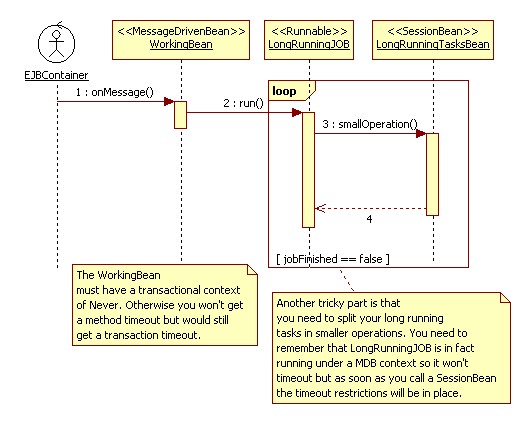IBM has a rather new platform for messaging. It is called WebSphere MQ Low Latency Messaging (aka WebSphere MQ LLM). It was released on the fourth quarter of 2007 and sincerely it hasn’t much similarities with the well known WebSphere MQ (former MQ Series).
First of all, after installing it you will probably notice that there isn’t a service for starting up. Soon you notice that it is rather a library that provides messaging services. Actually, it is a native library (currently [v2.1] only available for Linux x86, Windows x86 and Solaris Sparc) that comes already with JNI bindings.
To make things even harder, there isn’t much documentation available (and it seems like IBM is still organizing its docs online).
But, IBM claims that it has shown impressive numbers on its benchmarks:
WebSphere MQ Low Latency Messaging has demonstrated very high throughput, one-to-many multicast messaging, which can deliver approximately one million 120-byte messages per second on Ethernet, close to three million 120-byte messages per second on InfiniBand, and more than 8 million smaller messages per second, all on common x86 servers. Testing has also measured very low latency of 30 microseconds for 120 byte messages delivered at 10,000 messages per second on InfiniBand or 61 microseconds on Ethernet (1)
Source: IBM press release
In its Java version, the main classes that you’ll interact when using WMQ LLM are:
- RUMInstance (available through RUMFactory)
- RMMInstance
For instance, RUM stands for Reliable Unicast Messaging and RMM stands for Reliable Multicast Messaging. As you can guess, RUM is used for Queue styled messaging and RMM for Topic styled messaging.
One of its drawbacks is that it still lacks a JMS based Resource Adapter but nothing denies you from rolling your own if you can’t wait for an official adapter from IBM.
I am planning to do some benchmarking against a regular MQ integrated application. As soon as I have the results I’ll post them over here.




